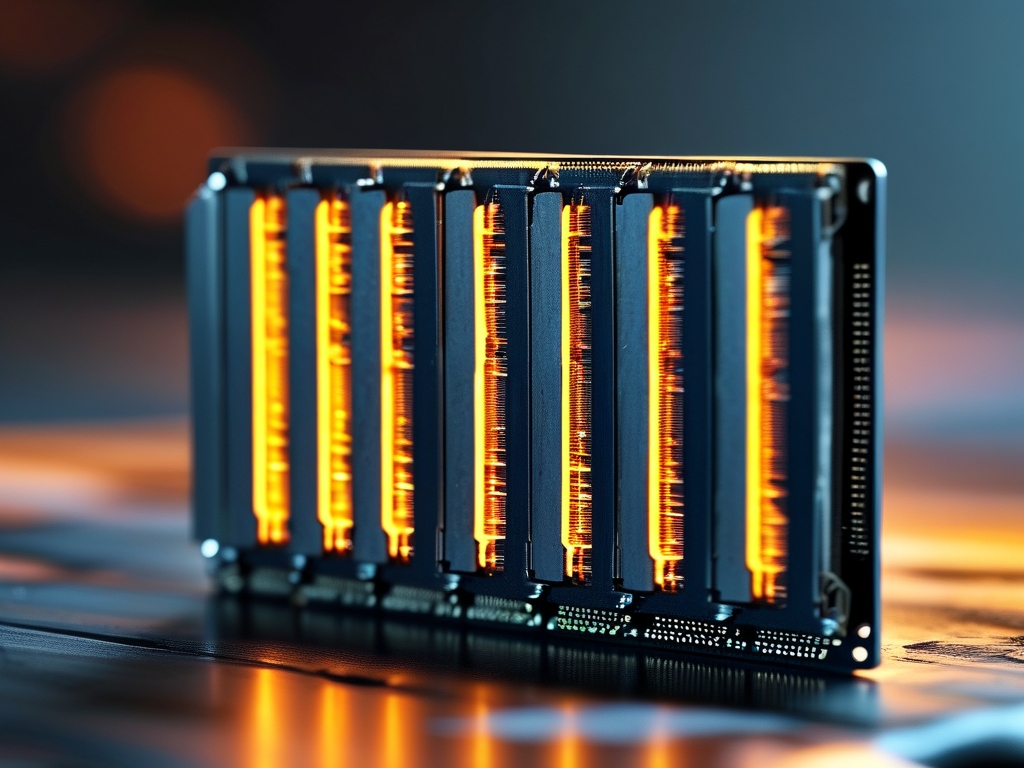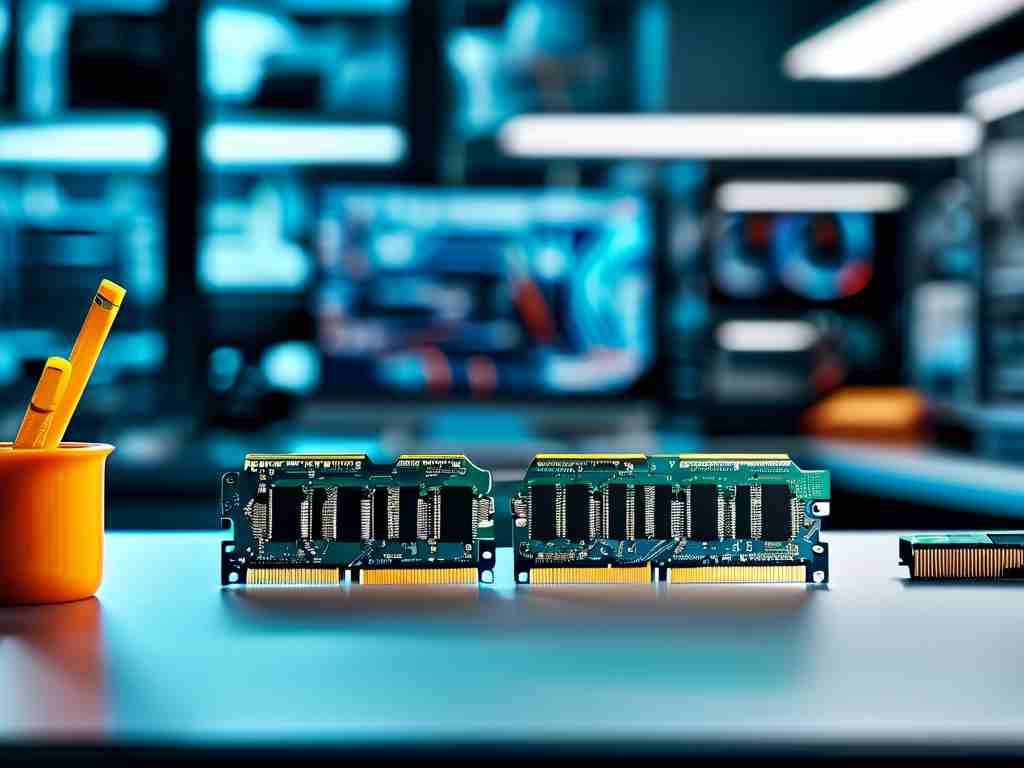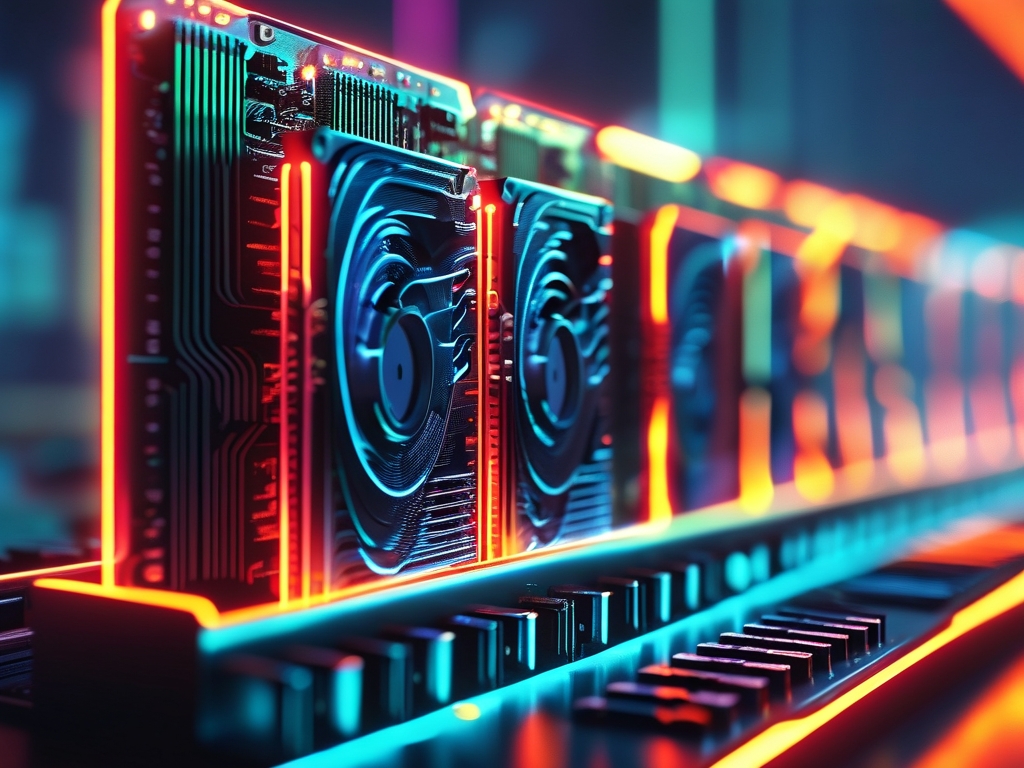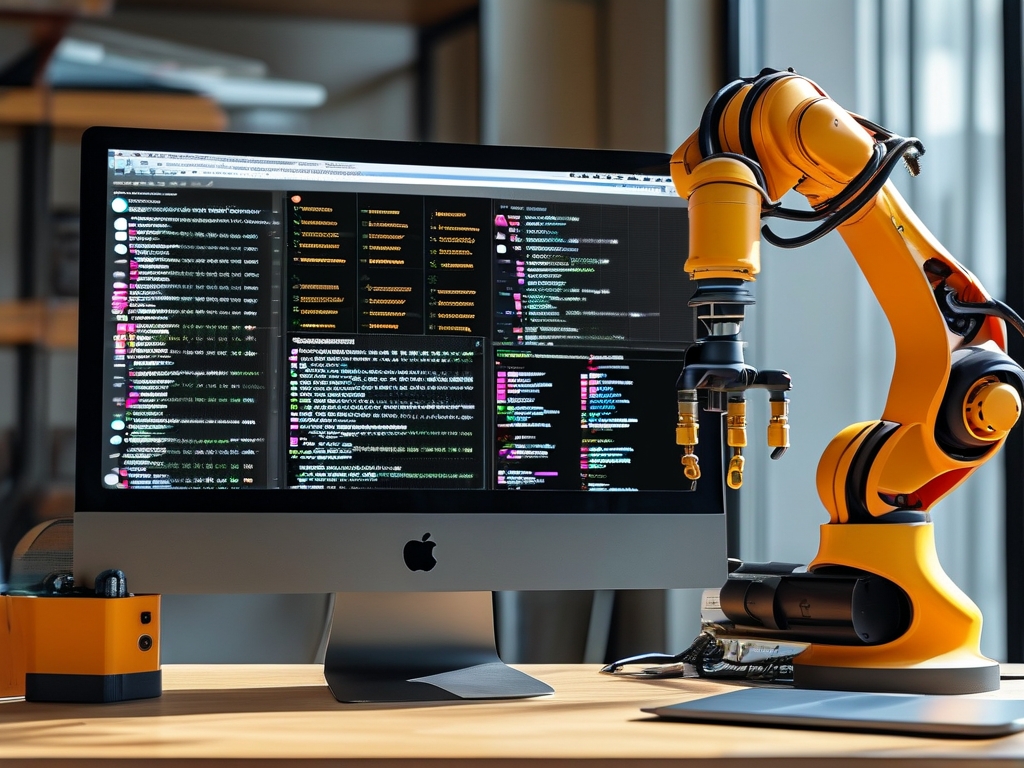In the era of exponential technological advancement, computing systems face a paradox: while processors evolve at breakneck speeds, memory technologies struggle to keep pace. This imbalance has sparked debates about why memory speed must double to match computational demands. To understand this imperative, we must explore the symbiotic relationship between memory and processing units, the bottlenecks they face, and the consequences of stagnation.

The Processor-Memory Dichotomy
Modern computing relies on the von Neumann architecture, where the CPU fetches data from memory, processes it, and writes it back. However, this model assumes seamless synchronization between processing speed and memory access. Over decades, CPU clock speeds have surged—driven by Moore’s Law and innovations like multi-core architectures—while memory bandwidth improvements lagged. For instance, DDR4 RAM, introduced in 2014, offered a maximum bandwidth of 25.6 GB/s, whereas today’s DDR5 reaches 51.2 GB/s. While this seems impressive, CPU capabilities have outpaced memory by orders of magnitude. A high-end GPU like NVIDIA’s H100 can perform 67 teraflops, but even cutting-edge GDDR6X memory delivers only 1 TB/s bandwidth. This mismatch creates a "memory wall," where processors idle while waiting for data.
The Bottleneck Effect
When memory cannot supply data fast enough, computational efficiency plummets. Consider a gaming PC: a powerful GPU renders frames at 120 FPS, but if texture data isn’t loaded quickly from RAM or VRAM, frame rates stutter. Similarly, AI training models like GPT-4 require terabytes of data shuffled between memory and processors; sluggish memory extends training times from days to weeks. Even mundane tasks like video editing suffer—4K video rendering becomes agonizingly slow if memory can’t stream frames to the CPU/GPU pipeline.
The problem intensifies in data centers. Cloud providers allocate vast resources to mitigate latency, yet memory bottlenecks persist. A study by Meta in 2022 revealed that 40% of server downtime stemmed from memory-related stalls, costing millions in lost revenue.
Why Double the Speed?
Doubling memory speed isn’t arbitrary—it’s a response to three critical factors:
- Parallel Processing Demands: Multi-core CPUs and GPUs execute tasks concurrently, but shared memory bandwidth becomes a contention point. Faster memory reduces queuing delays, enabling cores to operate at full capacity.
- Data-Intensive Workloads: Big data analytics, machine learning, and real-time simulations require rapid data access. For example, autonomous vehicles process 20 TB of sensor data daily; slow memory could delay decision-making by milliseconds—enough to cause accidents.
- Energy Efficiency: Faster memory reduces active processing time, lowering power consumption. Samsung estimates that LPDDR5X, with 8.5 Gbps speeds, cuts energy use by 20% compared to LPDDR4X, crucial for mobile and IoT devices.
Technological Challenges
Achieving faster memory isn’t trivial. Engineers face physical limits: shrinking transistor sizes increase leakage currents, while signal integrity degrades at higher frequencies. Heat dissipation also becomes problematic—DDR5 modules already require advanced cooling solutions.
Innovations like High-Bandwidth Memory (HBM) and Compute Express Link (CXL) aim to bridge the gap. HBM stacks DRAM vertically, shortening data paths and boosting bandwidth to 460 GB/s. CXL, a cache-coherent interconnect, allows CPUs, GPUs, and accelerators to share memory pools efficiently. Yet, these solutions are expensive and complex to implement.
The Road Ahead
The industry is exploring radical approaches. Phase-change memory (PCM) and resistive RAM (ReRAM) promise nanosecond-level access times, while photonic memory—using light instead of electrons—could revolutionize speed and energy use. Meanwhile, software optimizations like smarter caching algorithms and memory compression buy time until hardware breakthroughs mature.
In , doubling memory speed isn’t a luxury—it’s a necessity to unlock the full potential of computing. As AI, quantum computing, and edge devices redefine performance benchmarks, memory must evolve from a bottleneck to a catalyst. The future of technology depends on it.





